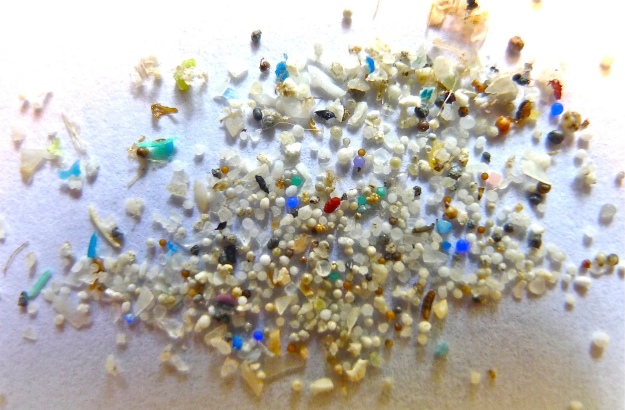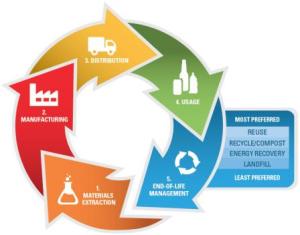A guest post by Erica K. Brockmeier
The following post is one of a series generated from research presented at the SETAC Europe Annual Meeting in Brussels, Belgium (7-11 May 2017). Each post features the latest research findings from SETAC scientists on emerging topics of interest.
What are microplastics and why should we care about them?
Microplastics are pieces of plastic or polymer debris that are very , ranging from a shard as narrow as the width of a hair to a piece as large as a marble. Microplastics include pieces of plastic that are broken down from larger items, such as single-use water bottles, or ‘’ that are added to certain soaps and exfoliators.
Even though microplastics are small, there are concerns they can cause . Animals that confuse microplastics for food can end up with internal lacerations, inflammation, and nutrient deficiency caused by eating too much inedible material. Microplastics are also widely spread across the globe—scientists calculated that up to 90% of marine birds microplastics.

Microplastic particles among sand grains. Credit: 5Gyres, courtesy of , .

